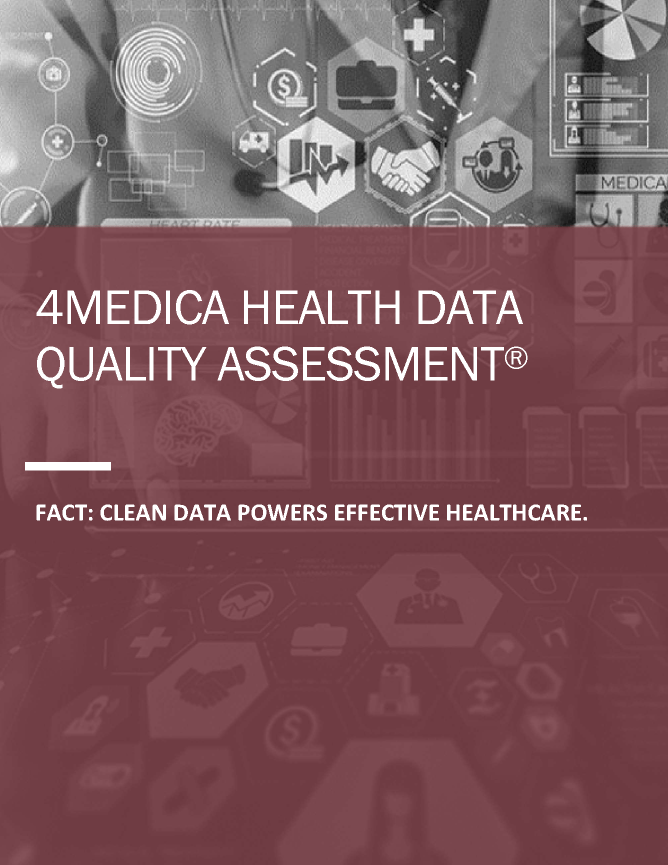It will take a combination of legislation to protect patient data privacy by governing communication between apps and the power of innovation and the free market, but these apps are coming. And they will put control of health data where it belongs – with patients.
This article was written by Dr. Oleg Bess and published by MedCity News. View the full article.
The ability of healthcare providers, payers, and other stakeholders to share data is critical to improving patient outcomes, managing costs, and improving health equity. Unfortunately, lack of interoperability continues to leave clinical and claims data trapped in siloes scattered across patients’ care journeys.
Recognizing the need for patients, clinicians, and health plans to freely access relevant digital data, the 21st Century Cures Act includes provisions to prohibit data blocking, in which health IT systems are designed to impede or prevent authorized access or exchange electronic health information.
Health disparities rooted in social determinants of health (SDOH) such as race, ethnicity, and socioeconomic status also have been attracting increased attention in recent years from healthcare professionals and public policymakers. The Biden Administration is targeting health inequities through efforts to transform Medicaid, while the American Medical Association (AMA) in May unveiled a strategic plan to dismantle structural racism in healthcare and advance health equity.
Patients in vulnerable population groups historically have less access to quality care, while many lack health insurance. This inequity was laid bare during the pandemic: Data updated in June 2021 by the Centers for Disease Control and Prevention shows that Black patients contracting Covid-19 were 2.9 times more likely than White Covid patients to be hospitalized, while Hispanic patients were 2.8 times more likely. Too many Americans are deprived of the benefits of prompt and coordinated care because their providers and health plans simply are not able to share information. This causes delays in diagnoses, claims approvals, and treatment that can precipitate poor patient outcomes and even tragedy. Further, duplication of lab tests and other routine clinical procedures, administrative inefficiencies, and overutilization of care services (such as when a person goes to an emergency room to be treated for a minor contusion) lead to unnecessary healthcare costs, which in the long run affect us all.
Interoperability is essential to providers and payers sharing data. But that’s not enough: It also is imperative that patients have easy and secure access to all their digital health data. This “data transparency” ensures patients are able to control their own health data.
More than that, data transparency can increase health equity for those segments of the population that don’t have access to primary care and may not have health insurance. Many people who don’t have insurance or even their own doctors get their primary care at emergency rooms (ERs). This typically involves diagnostic testing and then some kind of treatment. The problem arises when that patient later goes to a doctor or another ER and either doesn’t inform clinicians about previous tests and results or can’t recall what they were. At best, this means another round of tests that otherwise would have been avoided if there were data transparency.
At worst, the inability of patients to access and control their data can have dire consequences. Let’s take the case of a woman who goes to an ER with a possible miscarriage and undergoes a test to check the level of human chorionic gonadopotropin (HCG), the pregnancy hormone, in her blood. The HCG test must be repeated every two days so doctors can compare HCG levels. If this patient goes from doctor to doctor and emergency room to emergency room, and clinicians don’t have a way to get those earlier HCG test results, then they can’t make an immediate decision about what that patient actually requires.
The danger comes if the patient is having an ectopic pregnancy rather than a miscarriage. As a practicing ob-gyn, I have seen this happen frequently. A patient will appear in the ER with a ruptured ectopic pregnancy and have a belly full of blood that requires emergency surgery. Full data transparency would allow providers to determine whether the patient was having a miscarriage or ectopic pregnancy, which calls for completely different clinical management. That same patient also may have had an ultrasound that needs to be compared to another one a few days or a week later. It’s the same process: Clinicians need to be able to track growth and changes because that information informs their care management.
As a physician, it’s frustrating to know that if you had the correct data you could deliver a better treatment plan. When I see patients already in the ER with an ectopic rupture, probably 80% of the time they’ve been to see one or two other doctors who are not able to see previously performed tests and said, “You know it may be this, it may be that, let’s wait until we have test results back.” And then we end up taking care of that in the emergency room as an emergency surgery, which is an unnecessary risk to the patient and an avoidable cost. Data transparency could prompt earlier interventions before a condition becomes life-threatening and significantly improve outcomes.
Diagnostic test results probably are the most important information that should be easily shared. But diagnostic information is very difficult for patients to keep track of and access. And that is the most important information being used by providers to make decisions.
Imagine, though, if patients had access to this information through an app. They could make the data available to their providers through an invitation to log in and view it. Clinicians then would have enough information to make informed care decisions immediately instead of waiting. In the case of our patient who may have an ectopic pregnancy, such an app literally could help prevent potentially fatal internal bleeding.
An app that allows patients access to data from just one provider, however, would not solve the data transparency problem. What’s really needed is the ability for patients to aggregate data in one app from a variety of sources. All of a patient’s data in one app should be the gold standard for data transparency. A dozen apps for a dozen different providers isn’t going to cut it. Even if the patient grants a provider permission to access their data, that provider isn’t going to log into every one of those apps during their 15- to 20-minute patient visit.
Clinicians need actionable data and they need it in a discrete format so that a computer system is able to look at it and tell a doctor whether a patient’s white blood cells are elevated since their previous visit, or if their hemoglobin has decreased. This kind of data transparency enables physicians to make evidence-based judgments about treatment, which are the foundation of value-based care. And by facilitating the ability of patients without health insurance or access to quality care to manage their data, data transparency can alleviate health inequities.
All of this becomes possible once information is available for aggregation. I expect that soon healthcare consumers will have the same breadth of choice in health data apps as they do social media platforms. It will take a combination of legislation to protect patient data privacy by governing communication between apps and the power of innovation and the free market, but these apps are coming. And they will put control of health data where it belongs – with patients.

